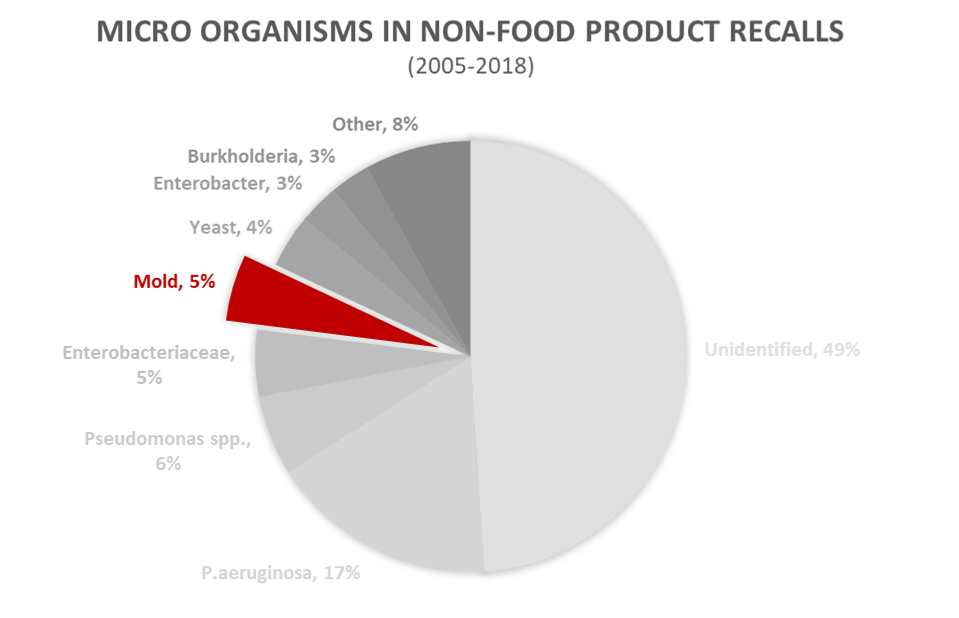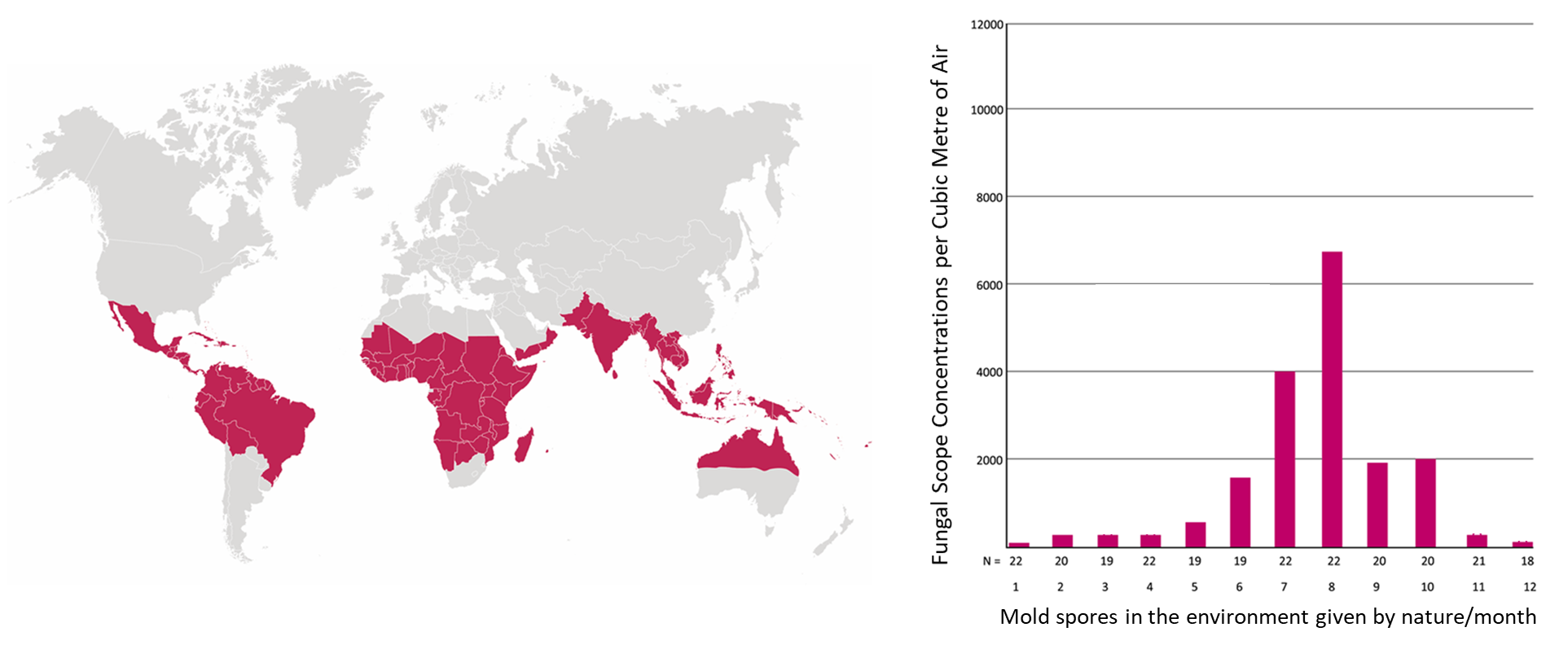Managing supply chain risk and disruption is currently one of the key priorities globally. In addition, many companies are rethinking their entire supply chain model, from raw materials to finished products. In that context, mold remains one of the issues that, while sometimes overlooked, may have an irreversible impact on different product types such as furniture made out of wood or natural materials, leather furniture and decorative items or soft and stuffed toys.
Mold is not a new problem for suppliers, brands, and retailers, yet it has been accentuated since the ban on chemicals and anti-mold agents such as 2-Naphthol, P-Nitrophenol, pentachlorophenol, sodium arsenite, copper arsenite, chromate, dimethyl fumarate, etc. Additionally, there remains a lack of preventive measures in many factories, leading to the identification of the issue when it is too late.
In the current context of uncertainty, factories and brands are increasing their stocks of materials, components, and finished products and storing them for longer, leaving them ill-prepared to tackle mold prevention. The level of risk varies depending on the area and factory, but it remains a topic worth addressing when working with a new supplier. One additional variable to take into account is the type of product. Some materials need the right balance between dryness and humidity; for example, wood and bamboo require a certain humidity to avoid cracks. If the level becomes too high, it might lead to mold generation and potentially ruin the entire production.

Mold was among the top 10 most common microorganisms in non-food product recalls between 2005 and 2018
Source: FEMS Microbiology Letters, Dec 2019, Oxford Academic
Mold is a destructive fungus that can grow in a high number of materials and be highly damaging if not adequately treated. Mold is reproduced by spores that can travel great distances and affect products from the early stages of development or even during shipping.
What are the main categories affected in the hardlines industry?
What are the main associated risks?
Depending on the degree and the stage at which mold is identified, it can lead to:
What are the main reasons for mold formation?
Climatic Conditions in Some Countries Favor Mold Formation

Ideal conditions for mold formation: pH 5, Temperature (25 – 37 degrees), humidity (56 – 90% RH), 3-7 days growth period. Environmental conditions combined with mold spores naturally occurring have a big impact on mold generation, making June to October critical months
Mold remains one of the unspoken issues of the supply chain. There are many factors to consider, but is mold an issue that can be prevented? The answer is yes. There are many solutions available to tackle the problem, and the earlier in the supply chain the problem can be addressed, the lower your chances of affecting your production.
API can support you in your mold prevention from the early stages of development. Our solutions include:
Interested in learning more about how our mold prevention solutions can help prepare factories and suppliers avoid mold generation, even in the critical monsoon season?

Want to know more about one of our many services? Contact us to find out more information about what API can do for your company today.
Address
Copyright © 1981 – 2022 API. All Rights Reserved.